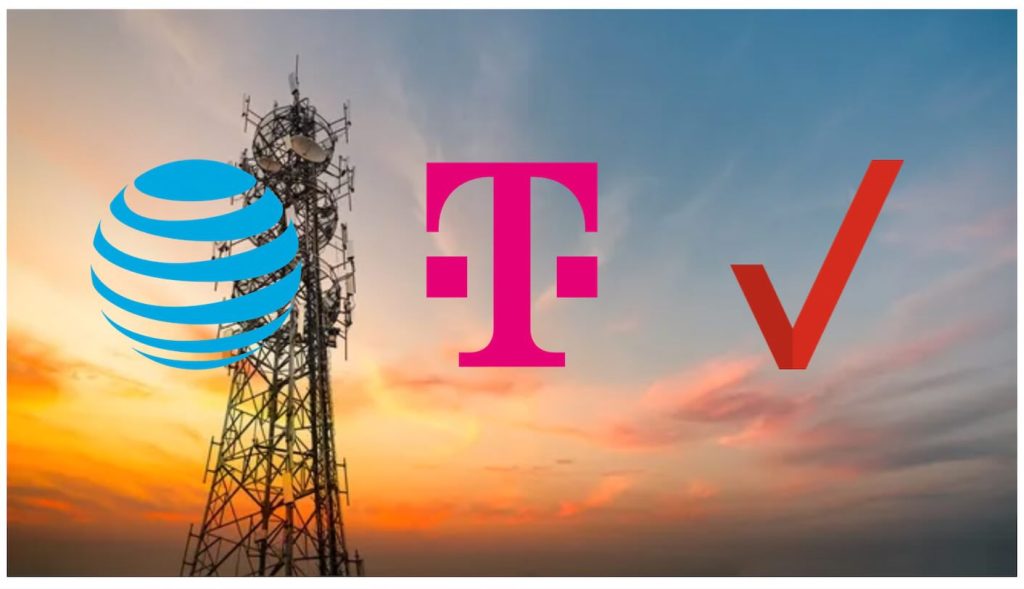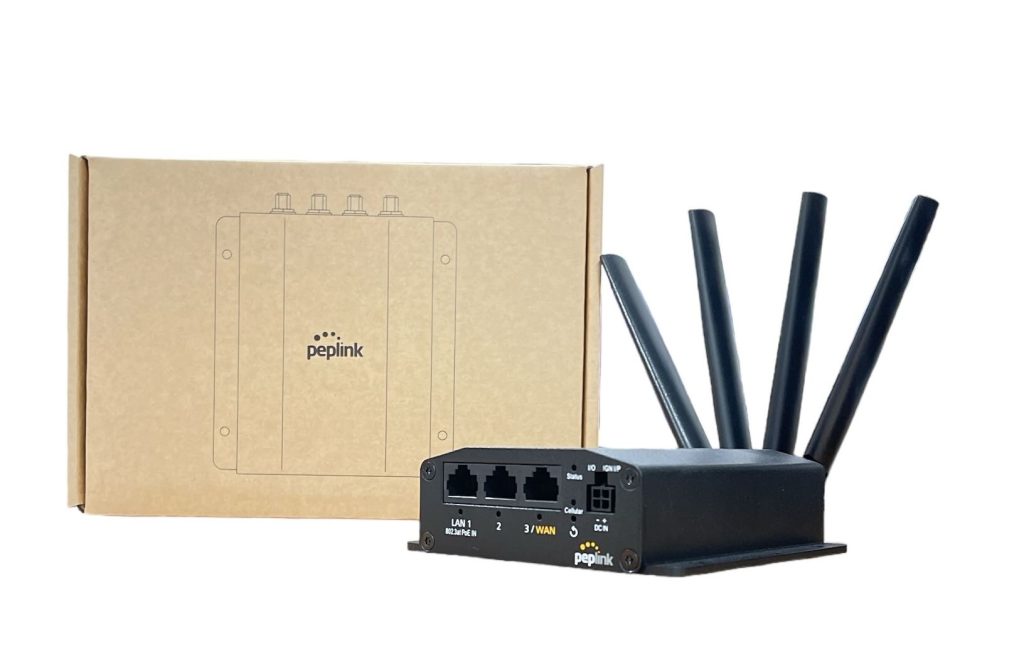A recent collaboration between Verizon Business and Cummins Inc marks a significant stride in the direction of seamless connectivity. The announcement of Cummins as the inaugural customer for Verizon Business’ groundbreaking Neutral Host Network product heralds a new era of connectivity solutions tailored for the demands of modern industry. At the heart of this collaboration […]
Tag: Verizon
J.D. Power Report Reveals 5G FWA Dominates in Customer Satisfaction
Recent findings from the J.D. Power report on residential internet service provider satisfaction have unveiled a significant trend: 5G Fixed Wireless Access (FWA) is leading the pack in customer satisfaction among various internet service types. With scores ranging from 775 to 825 on a 1,000-point scale, depending on the provider, 5G FWA outshines other technologies […]
Widespread Cellular Outages and the Benefits of Failover
In a surprising turn of events, major cellular carriers AT&T, T-Mobile, and Verizon experienced widespread outages across the United States on Thursday morning. The disruptions left thousands of customers without cellular service and internet connectivity, sparking concerns, especially regarding emergency services. Details sourced from NBC News reveal the extent of the outages and the subsequent […]
Peplink BR1 Mini 5G Router
Peplink introduces its latest innovation, the BR1 Mini 5G router, designed to redefine the possibilities of high-speed internet access for various applications. This compact powerhouse, now in stock and certified by major carriers, including Verizon (C-BAND), AT&T, FirstNet, and T-Mobile, redefines the way you connect and manage your network. High-Speed Connectivity The Peplink BR1 Mini […]
Verizon and Axon Showcase 5G Network Slicing in Public Safety
Verizon Wireless has recently joined forces with Axon Enterprise Inc., a leader in public safety technology, to demonstrate the capabilities of 5G network slicing in public safety applications. The collaboration utilized Axon Fleet 3, an advanced in-car video system, and Axon Respond, a real-time situational awareness service. Axon’s in-car video system provides live maps and […]
How 5G Will Affect Future Meetings and More
The 5G Future Forum (5GFF) and MATSUKO have pioneered a groundbreaking event: the world’s first real-time transatlantic holographic collaborative meeting, uniting multiple individuals as holograms. This technological feat connected holograms from New York via Verizon’s 5G network, Toronto, through Bell Canada’s 5G network, and London, utilizing Vodafone’s 5G network. The innovative demonstration was showcased at […]
iPhone 15 Pro Receives Boost in 5G Speeds
The iPhone 15 Pro, set to be released this week, will offer significant enhancements to its 5G performance. This is thanks to its new Qualcomm modem, according to data from SpeedSmart. This new iPhone model will utilize Qualcomm’s X70 modem, offering three key improvements: notably lower power consumption, improved 5G carrier aggregation capabilities, and better […]
Verizon Brings Connectivity to Enterprise Users
NEW YORK – Verizon has unveiled a new vehicle that brings the full functionality of Verizon’s wireless network as well as connected emerging technologies right to enterprise customers’ front doors. Called Mobile Onsite Network-as-a-Service (NaaS), the solution delivers a private network, private mobile edge compute (MEC), SD-Wan, and satellite connectivity to customer locations. The 10-foot portable […]
Enhancing Public Safety Response with Cellular Routers
Reliable communication is paramount for public safety agencies to effectively respond to emergencies and ensure the well-being of communities. To meet these critical demands, specialized sections of cellular networks have been established exclusively for public safety use. Companies like AT&T with FirstNet, Verizon and its Frontline service, and T-Mobile’s Connecting Heroes program have pioneered this […]
Exploring Fixed Wireless Access Internet Service
In the ever-evolving landscape of communication technology, Fixed Wireless Access (FWA) has emerged as a game-changing solution, providing reliable internet connectivity to homes and businesses. FWA is offered by major telecom giants such as T-Mobile, Verizon, and AT&T, allowing customers to enjoy high-speed internet without traditional wired connections. While FWA presents an exciting opportunity, it’s […]



